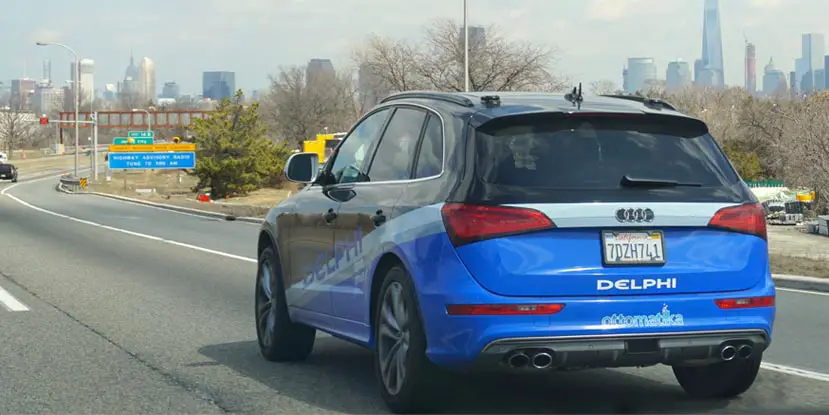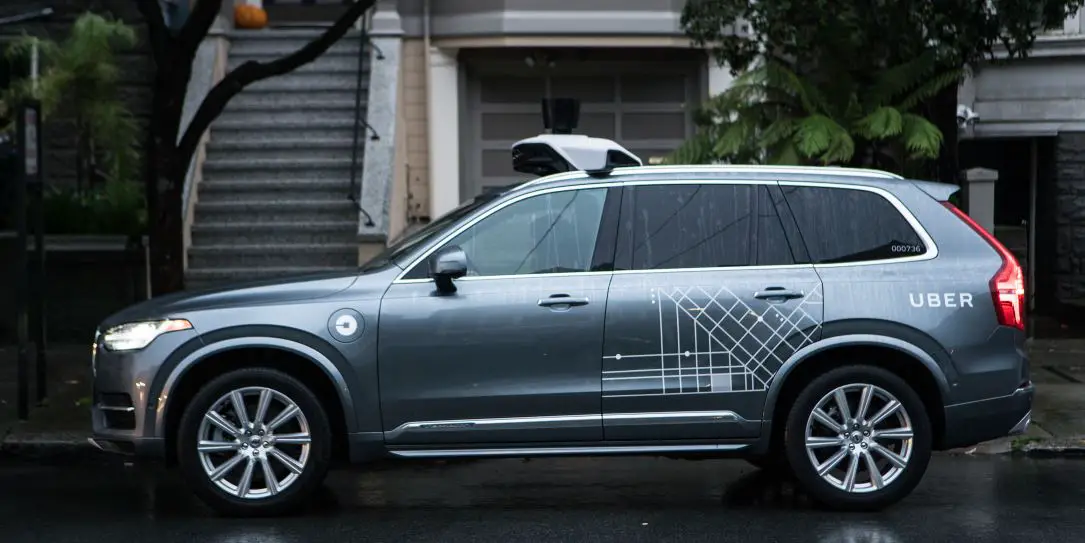Fans of science fiction may hear someone talking about self-driving cars and picture the Johnny-Cabs from “Total Recall” or Will Smith’s self-driving Audi from “I, Robot.” While we currently have vehicles that offer limited autopilot capacity, we’re a long way from being able to purchase a fully autonomous vehicle.
What does the future of self-driving cars look like, and when can we expect to call a Johnny-Cab of our very own?
Navigating legislation
The biggest obstacle facing autonomous car manufacturing isn’t technology — it’s legislation. Congress has been puzzling over how to regulate autonomous vehicles for years now. As of today, 2020, they still haven’t decided on things like how to govern self-driving cars and who would be responsible in the event of an accident, since it’s not something that could generally get pinned on the driver.
In 2017, the House passed the Self Drive act, which will help accelerate the adoption of self-driving cars. However, it fell apart in the Senate because their companion bill didn’t do enough for things like safety and liability as it pertains to autonomy.
Even if we manage to create the technology we need to manufacture self-driving cars safely, they’ll be dead in the water until politicians get together to pass comprehensive self-driving legislation.
Getting to Level 5
We have semi self-driving cars. The next challenge will be reaching full autonomy. There are five levels of vehicle autonomy, according to industry experts. Level 0 encompasses most modern vehicles that require full driver control at all times. Things like lane-keeping assistance and collision prevention fall into the Level 1 category. Tesla’s autopilot is a Level 2 system because, while it can manage most of the responsibility of driving, it requires constant driver engagement, and the driver needs to be ready to take over at a moment’s notice.
Level 3 automation is conditional, meaning that the car can drive itself under ideal conditions but will require the driver to take over if those conditions change. If you’re on the highway and it suddenly starts to rain, or the car encounters a situation it isn’t programmed to recognize, you’ll have to take over. Level 4 is high automation. The vehicle will likely still have a steering wheel and pedals but will be capable of handling itself in most situations, even without a person behind the wheel. Most of the first-generation self-driving test vehicles are actually at Level 4.
Finally, Level 5 will bring us to full automation. These are the Johnny-Cabs, fully automated vehicles that likely won’t even need a steering wheel. You’ll never have to take over the steering wheel in a Level 5 autonomous vehicle.
The end of drunk driving
One of the most positive side effects of adopting autonomous cars will be the end of drunk driving fatalities. Right now, if you drink while you’re enjoying a night out on the town, you have the option to call a cab, a rideshare or catch a ride home with your designated driver. What if you could just hop in your car and have it drive you home instead? You don’t have to worry about getting pulled over if your car is doing all the work.
Self-driving technology will save lives. Right now, 94% of traffic accidents occur due to human error. If you remove the human element from driving, you can eliminate the majority of traffic accidents as they happen today. With these accidents claiming more than 37,000 lives every single year, self-driving cars could save many lives.
The death of the parking lot
Parking lots and garages dot the landscape in every major, minor, and middling city in America and around the globe. Currently, with the majority of households owning at least one car, they’re a necessary evil. However, the growth of ride-sharing has started to showcase that many cities are wasting space by dedicating it to parking. Seattle, for example, uses 40% of its available land for parking even though it has more parking spaces than it needs.
The introduction of autonomous cars will likely change the entire dynamic of car ownership. Industry experts estimate that in cities, the number of households that own a vehicle will drop dramatically once self-driving cars become mainstream. Instead, these individuals will rely on an autonomous rideshare fleet. These fleets will only need to park to charge, eliminating the need for massive stretches of parking lot asphalt that are just taking up space.

A few decades away
Every single automaker wants to be able to claim the title of first to create a fully autonomous vehicle. Still, many may be jumping the gun a bit. Ford, for example, is trying to have a fully autonomous vehicle available by 2021, but according to industry experts, this might be a bit of a pipe dream.
Aurora CEO Chris Urmson is on the front lines of self-driving car development, and even he says that we won’t start seeing fully autonomous vehicles on the road for another 5 to 10 years. It will likely be 30 to 50 years before we start seeing them everywhere.
This delay isn’t necessarily a bad thing. Not only does it give automotive manufacturers the time that they need to perfect or at least improve the technology behind these cars, it means that the technology will likely be more affordable for the average consumer.
The future of self-driving cars
The future of self-driving cars might still be a decade or two away, but it’s definitely looking bright. It might not be as exciting as the space race, but every automotive manufacturer is trying to be the first to provide self-driving technology to the typical buyer. We shouldn’t expect to see any of these engineering marvels at our local dealerships for at least five years, however, no matter what Ford is trying to accomplish. Self-driving cars may eventually replace traditional human-controlled vehicles. Still, it will be quite sometime before the technology is ready to deploy to the masses.
What do you think the future of self-driving cars is? Let us know in the comments below or on Twitter, or Facebook. You can also comment on our MeWe page by joining the MeWe social network.
Last Updated on February 3, 2021.











Comments are closed.